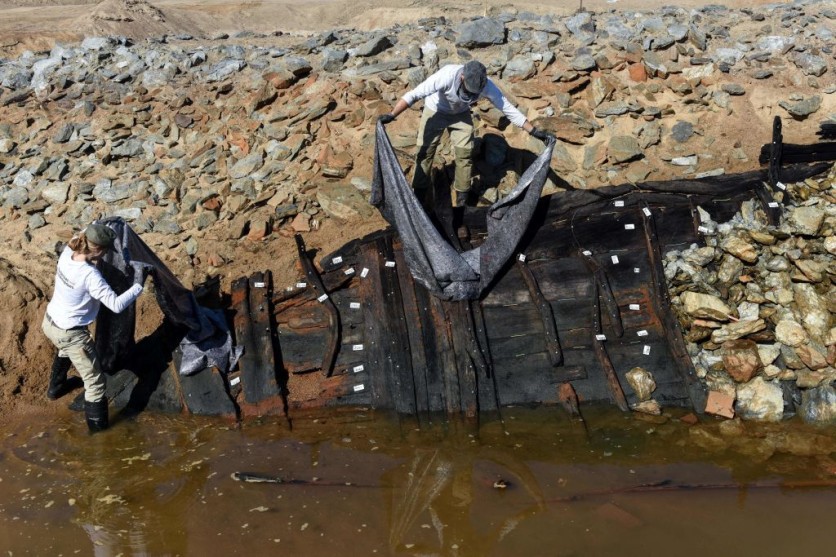Archaeologists were surprised with a blast from the 14th century after recovering two medieval shipwrecks near Vanberg, Sweden, according to a report by Heritage Daily.
The merchant ships that have sunk are cogs, a single-masted transport ship that initially appeared on the Frisian coast in the 12th century, while the name "cog" has been reported as far back as the 9th century.
This makes the discovery even more exciting as it spanned several centuries.

Cogs vs Viking Ships
Heritage Daily explains that throughout the 13th century, cogs gradually superseded Viking-style ships in northern waterways since they were able to transport more cargo than Knarr of the same size. They are also believed to be more stable because of their flat bottoms.
The lumber for one of the ships, according to dendrochronological analysis, was cut after 1346 in the area that is now the Netherlands, Belgium, and north-eastern France, and the lumber for the second ship was cut between 1355 and 1357 in northern Poland.
The scientific approach for determining the precise year that tree rings were produced is called dendrochronology.
This can provide information for dendroclimatology, the study of climatic and atmospheric conditions during various historical periods from wood. The team used this approach to determine the ships' age.
The bottom strakes of the ships were constructed in the carvel style, while the sides were made in the more conventional clinker form. Both ships were built using the typical cog construction, as per the team.
A more in-depth look shows that moss was used to create the caulking between the strakes, which was subsequently fastened with lathes.
Additionally, leather shoes, wooden and ceramic household items, barrel lids with the manufacturer's mark still carved into them, a stockpile of ship equipment and reserve components hidden behind a heap of ballast stones, and a stash of leather shoes have all been discovered during the excavations.
Read Also : Archaeologists May Have Found a 200-year-old Skeleton that Belonged to a Shipwrecked Sailor in Cornwall
The Rarity of Cogs
Only seven other cogs were discovered in Sweden before these two wrecks were found, and only about 30 are known throughout all of Europe, according to Elisabet Schager, an archaeologist and the project head of the excavation.
The crew has also gathered soil samples for additional study in the hopes of finding food and cargo residues as well as parasite remains that could reveal whether animals were brought on the ships.
Despite the fact that the ships were constructed outside of Scandinavia, the researchers have not yet discovered what led to their sinking.
The team hopes to solve the mystery once they have thoroughly cleaned and examined every piece of wood from the wreckage.

ⓒ 2026 TECHTIMES.com All rights reserved. Do not reproduce without permission.




